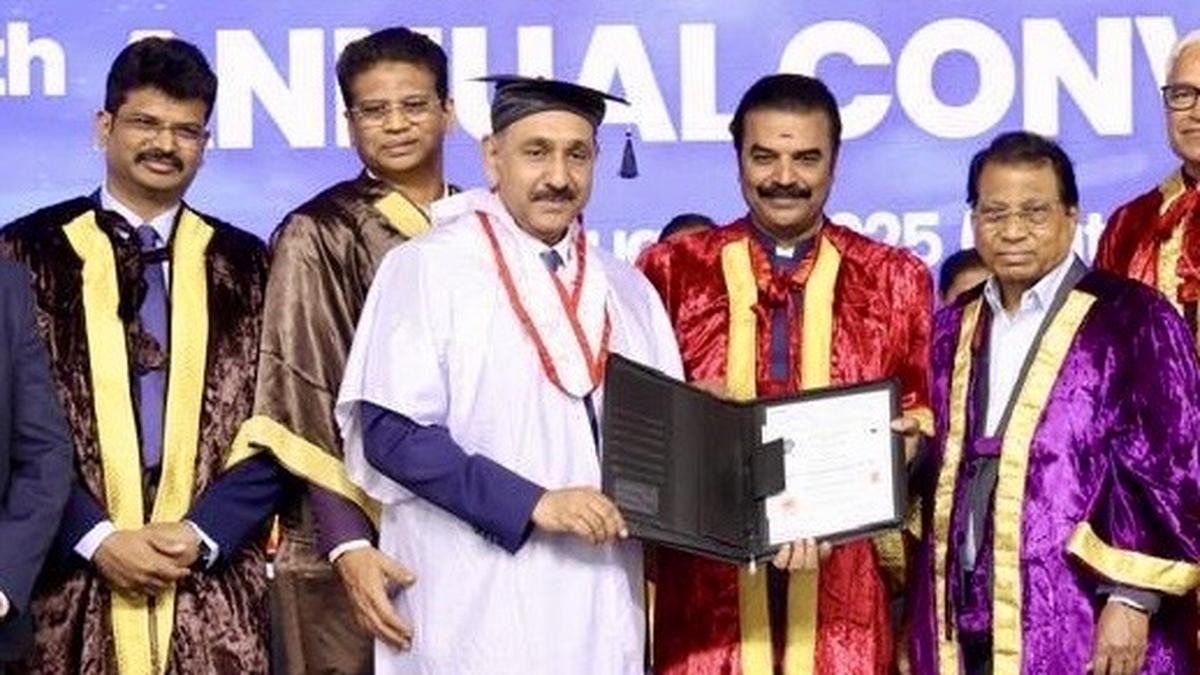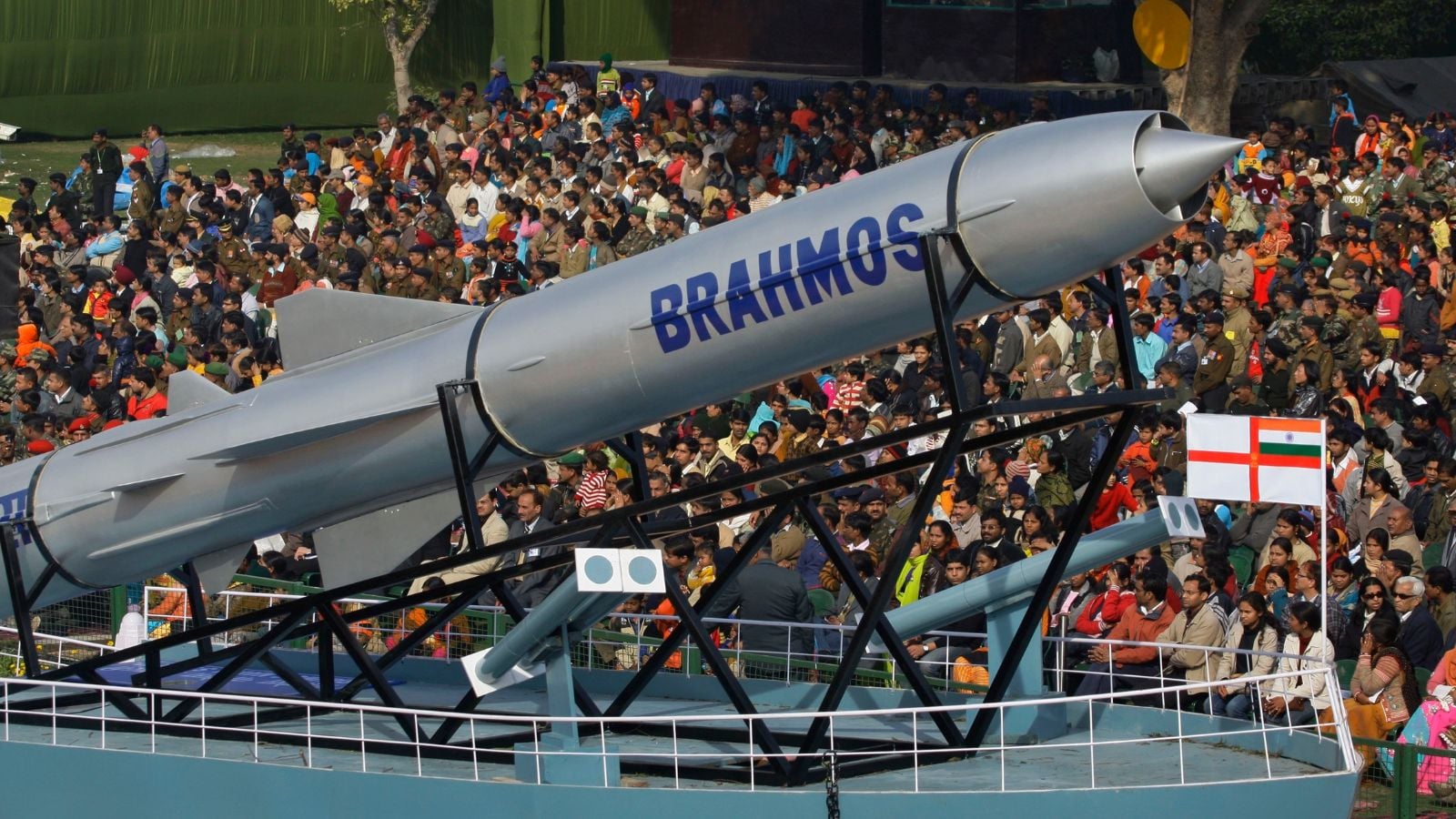The first batch of nine elephants rehearsing for the famed Mysuru Dasara celebrations are going through their annual regimen of rigorous training and a carefully planned diet to be fit for the Vijayadashami procession slated for October 2, 2025.
Led by Abhimanyu, the nine elephants are camping on the palace grounds, accompanied by their respective mahouts and kavadis or assistants.
The elephants walk daily from the palace to the Bannimantap grounds — the terminal point of the Dasara procession — covering a little more than 5 km in the process. Their return march adds up to an additional 5 km, thereby clocking 10 km daily.
Besides, they will be joined by the second batch of another five elephants next week, and will be subjected to carrying sandbags weighing nearly 500 kg to start with, which will gradually be increased to reach a maximum of about 1,000 to 1,200 kg. This is to make the lead elephant Abhimanyu acclimatise to carrying the golden howdah, which weighs around 750 kg, apart from the weight of the mahout.
Similar ‘weight training’ will be imparted to a couple of other male elephants, so that they can step into the responsibility of carrying the howdah in case of any exigency.
To ensure that the elephants remain fit, they are provided with a special diet which is carefully prepared and meets the nutritional requirements of the gentle giants.
Prabhu Gowda, Deputy Conservator of Forest, said that each male elephant requires about 750 kg of food, while female elephants consume about 550 kg to 600 kg of food. This includes branch fodder weighing 450 kg to 500 kg per elephant, 175 kg to 200 kg of green grass, and 20 to 25 kg of paddy or wheat. This is in addition to a concentrated special diet of 10 kg to 12 kg per elephant per day. The concentrated special diet comprises of green gram, horse gram, black gram, boiled rice, vegetables, etc., said Mr. Gowda. While the quantity varies for male and female elephants, the content is the same, he added.
Veterinary doctors and forest officials supervising the regimen said the food is designed to provide adequate calories to match the exercise schedule of the jumbos, while preventing fat accumulation. The second batch of elephants include a few who are relatively new to the spectacle, and they will undergo similar training and diet control, with a detailed dietary chart already been prepared, they said.
Unlike in the past, butter has been withdrawn from their diet, but horse gram (hurali) and finger millet (ragi) have been included. This is apart from sugarcane, jaggery, and coconuts that are provided to supplement the rice balls, said Mr. Gowda.
“The idea is to give them a balanced nutrition with strength-building components,” an official explained. The rehearsal has been smooth so far and the practice of making the elephants walk from the palace to Bannimantap grounds is to familiarise them with the procession route. In addition, the elephants will also get used to the sight and sound of humans, apart from the cacophony.
In the weeks leading to the Vijayadashami procession, training will be as crucial as the special diet, ensuring the elephants are physically and temperamentally ready for the royal march.



.png)
.png)
.png)
















 1 hour ago
3
1 hour ago
3










 English (US) ·
English (US) ·